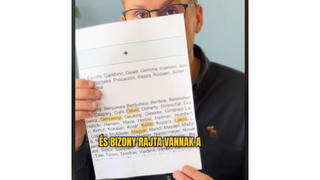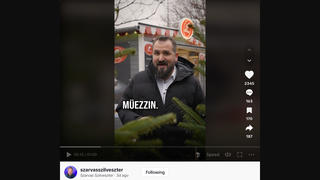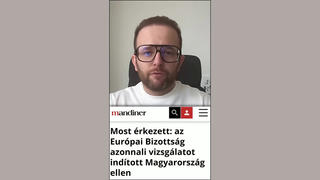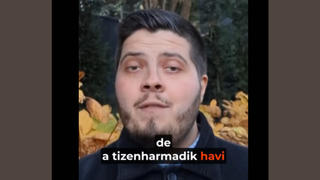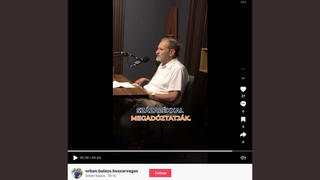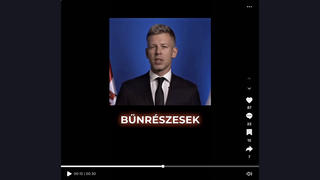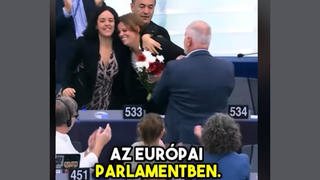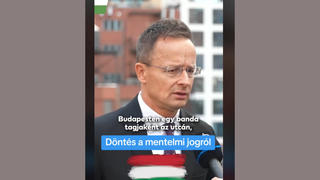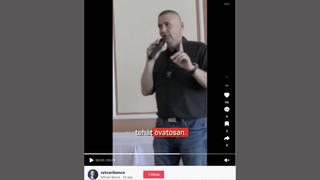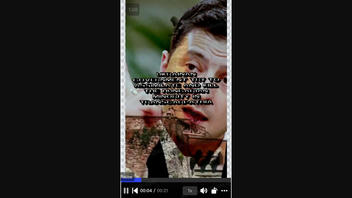
Is the government of Ukrainian President Volodymyr Zelenskyy trying to "assimilate and kill" the country's ethnic-Hungarian minority in the Transcarpathia region? No, that's not true: While conflicts have flared up between ethnic Hungarians and the Zelenskyy administration over its minority policies, there is no evidence Kyiv is carrying out anything resembling a murder campaign.
The claim appeared in a video on TikTok on March 11, 2023, under the caption "Karma is real." The video's English-language text was superimposed over rotating shots of Zelenskyy, Hungary's World War II-era leader Miklós Horthy, and images of Transcarpathia. The text read:
Ukrainian government try to assimilate and kill the Hungarian minority in Transcarpathia. Forgot what happened in the past?
Here is a screenshot from the video at the time of the writing of this fact check:

(Source: TikTok screenshot taken on Wed June 7 12:05:01 2023 UTC)
Transcarpathia historically belonged to Hungary until 1920, when it was handed to the newly formed state of Czechoslovakia as part of the Trianon peace settlement following World War I. The region became part of Ukraine when Czechoslovakia ceded it to the Soviet Union at the end of World War II. It remains home to as many as 125,000 ethnic Hungarians, according to estimates by Hungarian demographers.
There is no evidence the Zelenskyy government is targeting these people for death.
It is accurate that Ukrainian ultranationalist groups have held marches in Transcarpathia that threatened ethnic Hungarians. Extremists also detonated a bomb in the office of a Hungarian cultural organization in the city of Uzhhorod in 2018.
However, as Lead Stories reported in May 2023, these incidents occurred before Zelenskyy took power in 2019, and there is no evidence the perpetrators had either government or popular support. Police promptly arrested suspects in the Uzhhorod bombing, and at least one of them has been sentenced to nine years in prison. Meanwhile, the Svoboda (Freedom) party, a Ukrainian ultranationalist outfit whose supporters took part in anti-Hungarian marches, garnered just over 2 percent of the vote in the 2019 parliamentary elections. The party also has no representation in Transcarpathia's regional council.
Hungarian leaders have been chafing over Ukrainian minority policies that they perceive as discriminatory. These policies include a 2017 law that prohibited minority-language instruction in state secondary schools; a 2019 measure that mandates the use of the Ukrainian language in official business; and a 2021 decree that bars dual citizens from holding elected office and other positions. They do not include any plan to kill ethnic Hungarians.
The number of ethnic Hungarians in Transcarpathia dropped 13.7 percent between 2001 and 2017, according to a study by Hungary's state-financed Gábor Bethlen Fund, and Transcarpathia's ethnic-Hungarian population may dwindle to as low as 71,000 people by 2051, according to a 2022 paper prepared for the Hungarian Parliament. The researchers cited emigration -- not a murder campaign by Ukraine's government -- as the chief cause.





